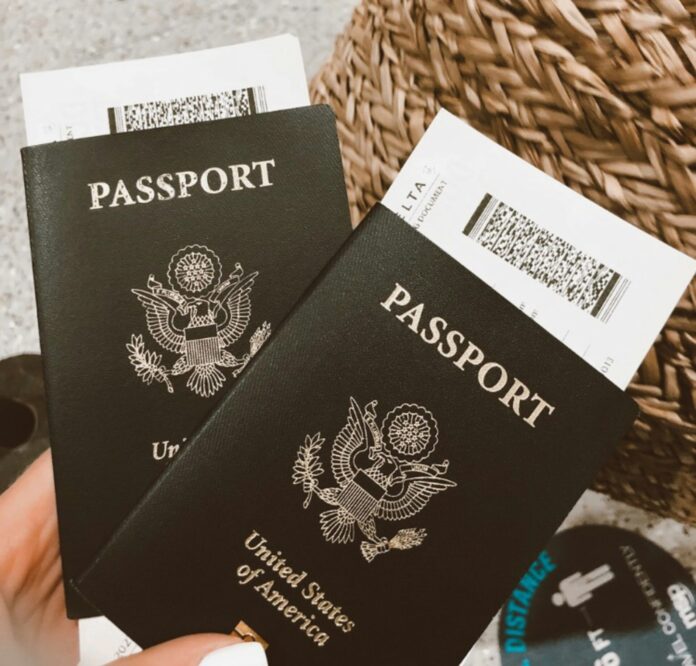Boring as it may be, there’s also something quite unique about going through passport control at international airports. Where else in the world can you find people from all corners of the globe standing in line together in one place? Passports allow us to experience new destinations by certifying our identity and country of origin, but they’re not all created equal, and if you’ve ever had to wait in line at immigration, you may have even noticed that they come in different colors. Read on to learn more about what each color means.
Blue Passports
Blue passports are indicative of countries that are part of the New World, including North America, Central America, South America, and the Caribbean. In the United States, blue was chosen to match the color on the flag, though different color passports also exist for government employees, and emergency-issue passports for travel are actually purple.
Green Passports
Green is the color of choice for passports in countries belonging to the Organization of Islamic Cooperation as well as certain states in West Africa. Representing the cultural and religious ties of the region, the color bears a great significance in Islam and is also often used in national flags as well as to decorate mosques.
Red Passports
Red is the most common passport color in the world, primarily used by European countries, with the exception of Croatia, as well as countries in the region interested in joining the European Union. Prior to Brexit, the standard burgundy was also used for United Kingdom passports, but since 2020, all new passports produced have been blue.












